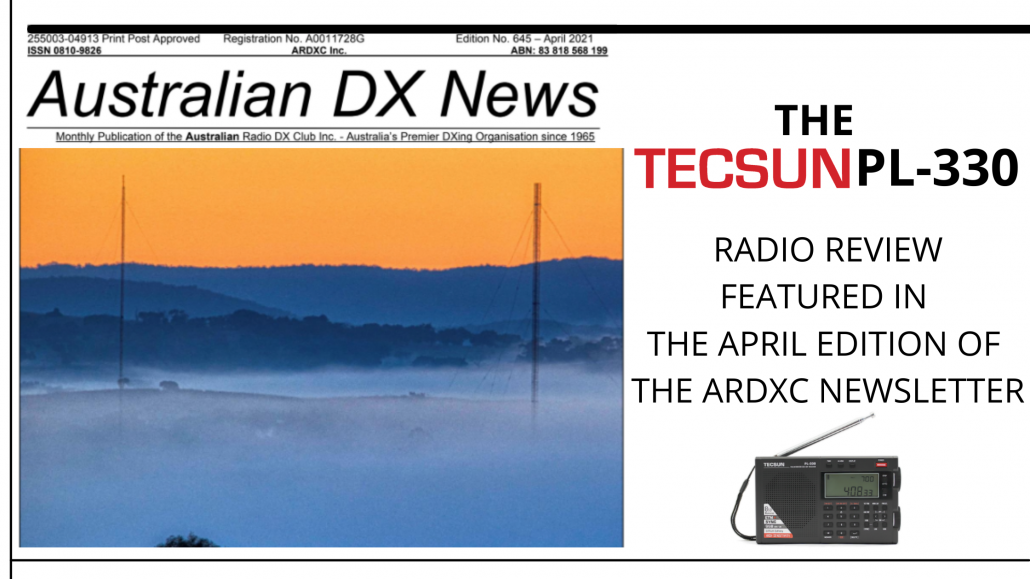
The Tecsun PL-330 is the latest pocket-sized portable receiver offering SSB capability. This feature, coupled with direct frequency entry makes the PL-330 the ideal receiver for those wishing to listen to shortwave radio utility stations, amateur radio transmissions as well as regular shortwave broadcasts.
Our Tecsun PL 330 has been featured in the latest edition of Australian DX NEWS For those of you considering adding a PL 330 to your collection, this review is thorough and comprehensive.
Read full article below or click link Australian DX News Tecsun review
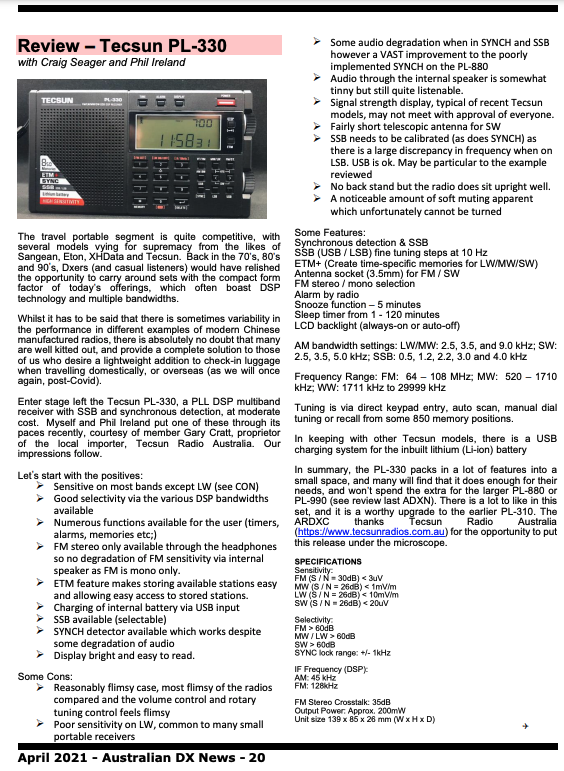
As mentioned this lightweight SSB radio is feature-packed click here to view all the features of the PL-330 and buy your own. Priced at just $145 this radio is also the perfect gift for fellow radio enthusiasts or soon-to-be hobbyists.
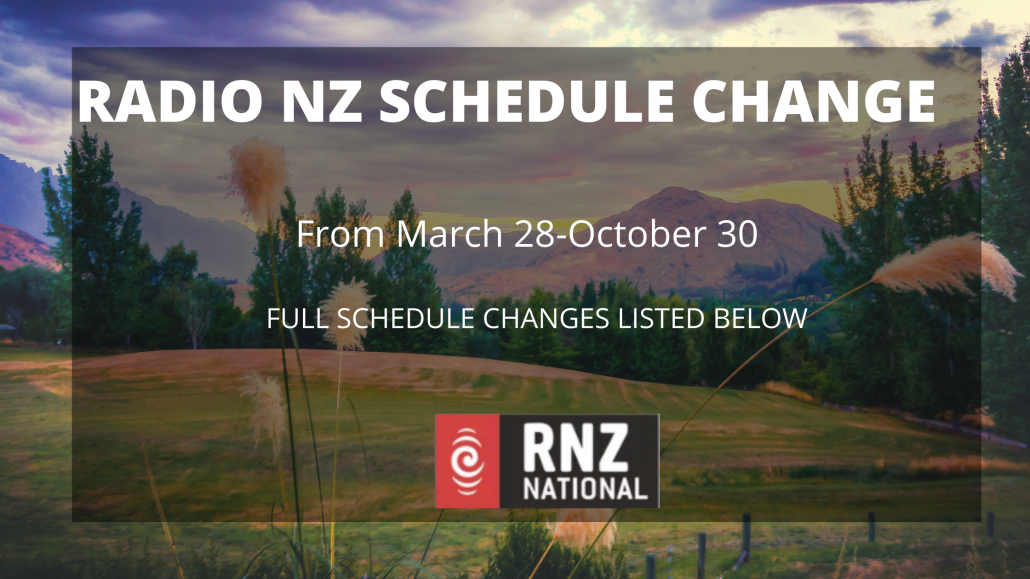
A schedule change for RNZ, Radio New Zealand is set to take effect from March 28 as it launches its Summer Schedule.
Please find new frequencies below.
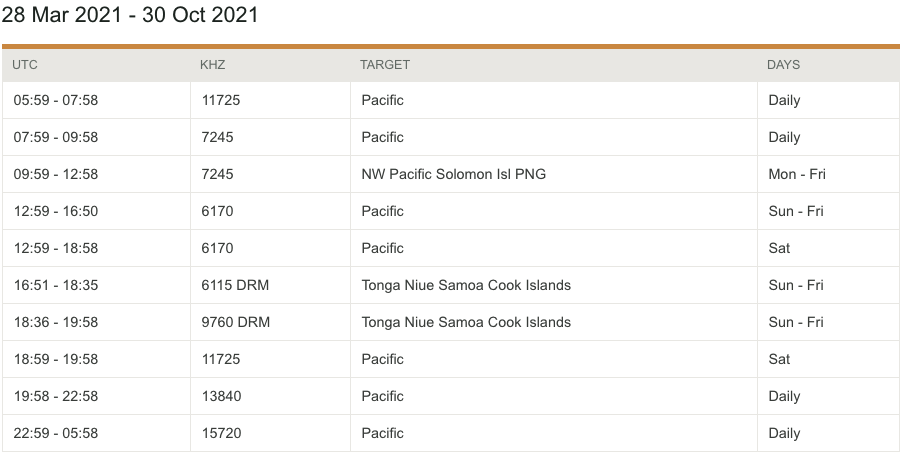
Radio NZ offers a variety of news, music, and lifestyle radio shows. Broadcasts are beamed to the South Pacific Islands.
Reception of RNZ Pacific is possible at times outside our region.
RNZ also welcomes reception reports, which can be verified by email.
RNZ Pacific no longer processes postal reception reports, however, they do have a web form you can send your QSL reports to.
Happy Listening!
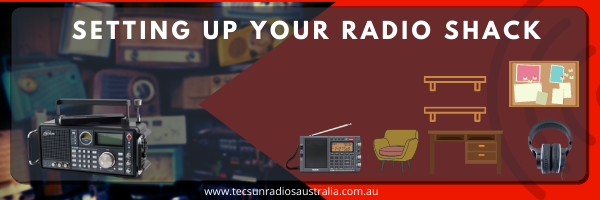
As the weather begins to cool, it is a great time to set up and organise your radio shack.
Crucial for wireless communication, the first radio shacks were aboard ships in the 1900s, several radio units were housed above the bridge in wooden structures.
Similar to a man cave the radio shack is essential for every shortwave listener, it is your place to get away from the hustle and bustle.
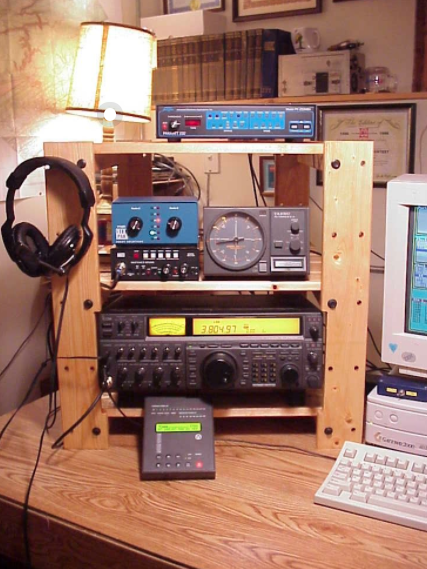
image via qsl.net
Many radio shacks are set up in basements, garages, or spare rooms.
Some important factors to consider are.
Location: Ensure your radio shack is as close to the ground as possible with accessibility for routing wires in and out of your space.
Comfort: Get yourself a large desk that can accommodate lots of radios and a comfortable chair so that the time you spend in your shack is enjoyable. Get yourself a good set of headphones that can plug right into your radio, preferably like our Tecsun communication headphones that feature an extra-long cord so it can reach even the higher up radios in your radio shack.
Ease of use. We mentioned the large desk earlier, it is important to have your units within close reach, at least within arm’s length. Buying some shelving for vertical storage is both a great use of space and helps accessibility.
The Extras, just for fun! Get yourself a big clock that shows Zulu or UTC time so you can always see what time it is overseas, plus these look pretty cool!
Get yourself a corkboard that you can pin your QSL cards, decoded images, and other notes.
For those of you who have a radio shack we would love to see your photos. Take a photo and either email it through to hello@tecsunradios.com.au or post your photo and tag us @TecsunAU and #TecsunAU.


